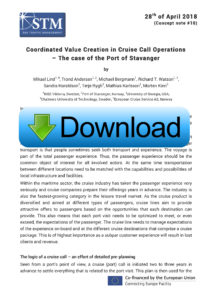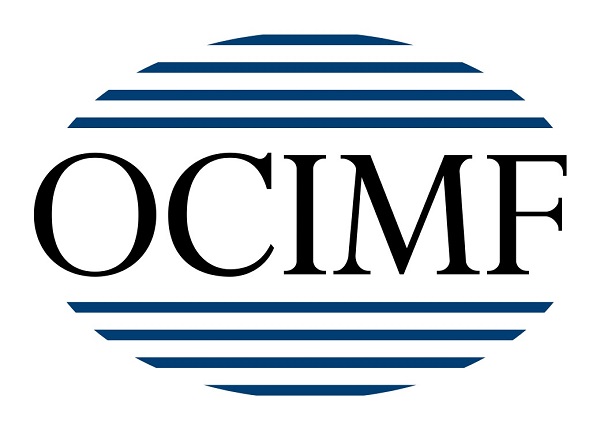PORTS and terminals involved in developing and testing a common automated messaging format are beginning to see the benefits of sharing data.
The Port Collaborative Decision Making process is a concept that has been evolving in Europe under the European Union-funded Sea Traffic Management Validation project and the earlier Mona Lisa 2 project. The aim of Port CDM is to create significant supply chain efficiencies by making the port calls of vessels as smooth as possible.
Copied from a similar model already in use in Europe’s airports the idea is that ports create better situational awareness by using a common messaging language between various internal actors as well as with vessels and other Ports.
In a 13th Concept Note published on Fathom.World a number of experts involved in the ports, and with the STM Validation work, have highlighted the benefits they see from their trials of a data sharing platform and a potential common messaging language.
The Port CDM concept is all about sharing data related to a ship’s visit in a port, this could be port arrival time, pilot availability and boarding time, linesmen arrival and departure time, berth availability projections and other information that other parties would benefit by having advance notice of, and then timely notice of change.
As well as being the kind of real-time information that businesses inside a port or harbour could benefit from, it also allows subsequent ports in a vessel’s schedule to remain updated (should they be using a compatible messaging system).
The European ports of Barcelona, Valencia and Segunto in Spain, Gothenburg and Umeå in Sweden, Limassol in Cyprus, Stavanger in Norway and Vaasa in Finland have been examining how to use the Port CDM idea, and have had various degrees of developing increased levels of co-ordination in recent years.
The benefits, gained through workshops, called Living Labs, identified the core actors in a vessel visit, which data they needed to enhance their ability to better co-ordinate the arrival visit, to increase predictability and to avoid unnecessary waiting time. The workshops also showed the real needs for real-time data sharing and a common view on events (through the standardised time stamp messaging system which is being standardised through IALA).
This latest concept note, also identifies the stages in a port’s development and use of Port CDM, from internal messaging systems between companies and services inside that port, to messaging internationally to help in the overall logistic chain.
Fathom.World


































